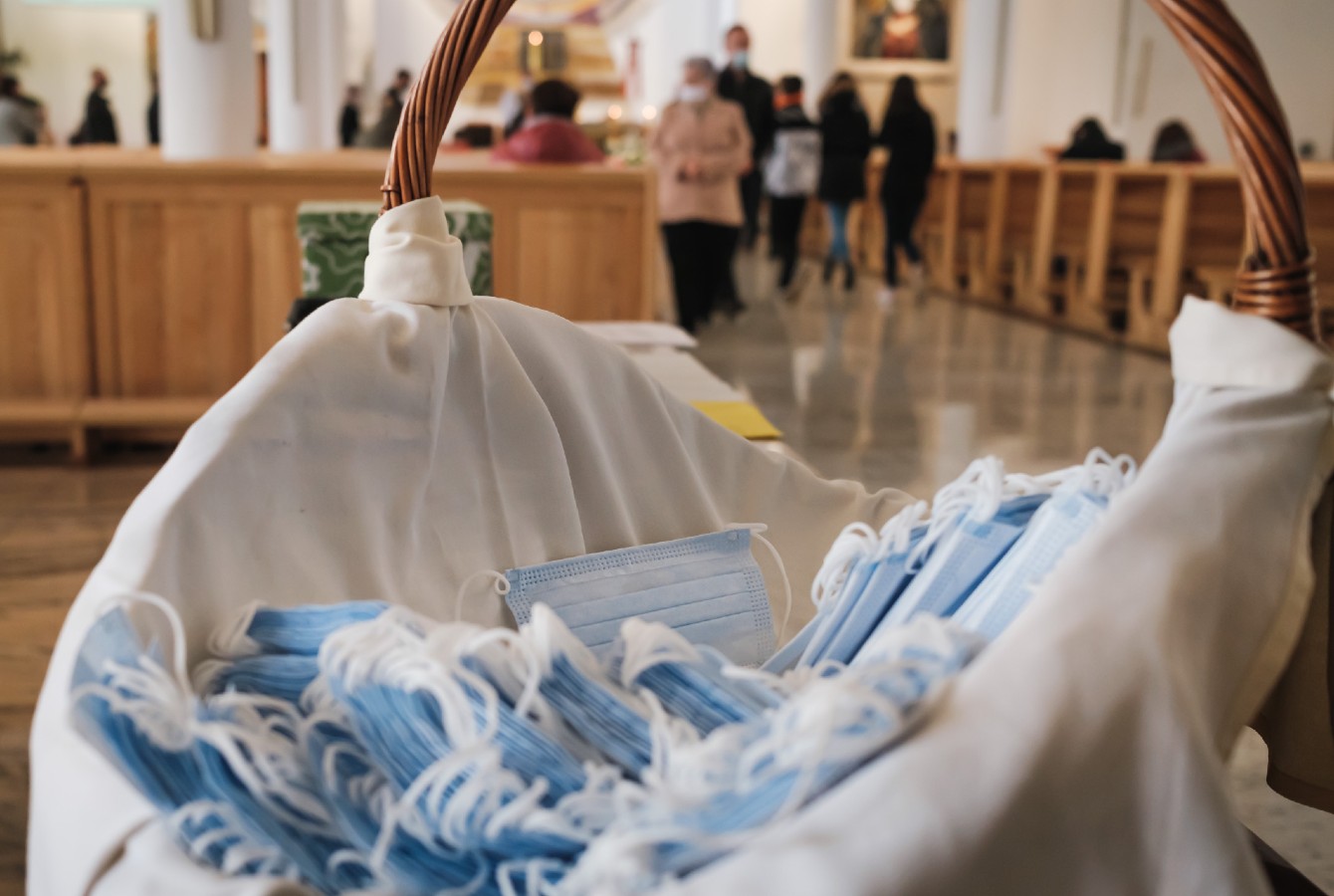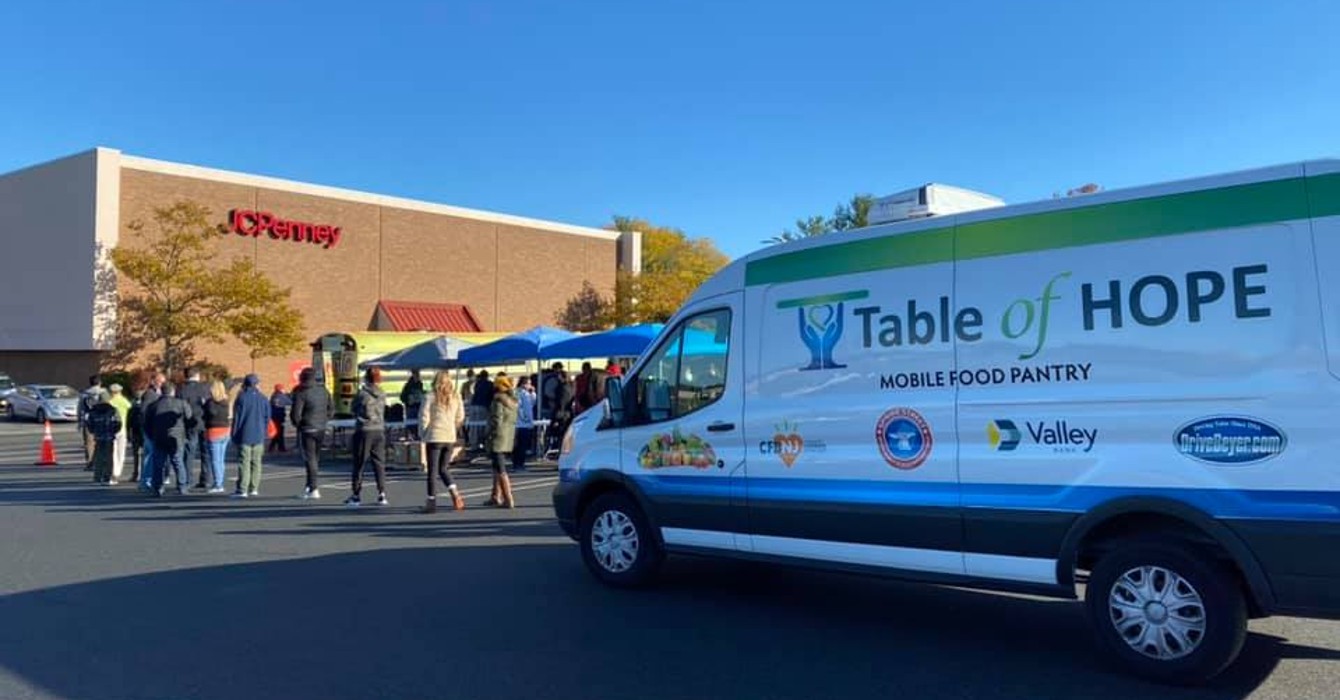In March 2020, the U.S. and most of the world went into lockdown. I’ve studied pastors, chaplains, ministers and priests for nearly two decades, so I was positioned to focus immediately on churches and their leaders. From the outset of the crisis, I felt an urgent need to understand the impact of COVID-19 — and the multiple chronic pandemics it revealed — on ministers and congregations.
After three years of studying ministers and churches as they’ve navigated the challenges, I’m convinced that we’re living in a new era of ministry. My research, which is available at the #PandemicPastoring Report, includes interviews and surveys with more than 100 clergy and church volunteers from 20 states and 20-plus denominations. It’s clear that COVID-19 and the multiple chronic pandemics such as health care disparities, racial inequality, gender inequity and climate emergency have affected every aspect of church life and leadership.
How can Christian leaders adapt to these changes? The following 10 recommendations, based on my findings and other research, highlight ways that pastoral leaders can help people live into a new era of ministry. Following each recommendation is a question designed to help congregations and other faith groups reflect on how to move forward.
Recognize that things have changed. In 2020, pastors and congregations needed to find new ways to practice ministry — immediately. Church leaders responded, improvised and innovated; faith communities reluctantly embraced hybrid worship and gatherings, cared for widespread loss and grief, changed staffing models, and became aware of urgent social needs. Other COVID-19 pandemic research projects are confirming these enduring changes.
How will we take the paradigm shift seriously and adjust our vision and practice toward being the church in a new era of ministry?
Embrace hybrid options. Hybrid is here to stay. Worship streaming, video meetings and social media became permanent tools of church infrastructure. With time, churches embraced technology, not as a barrier to the faith community, but as a connector. Yet people continue to worry that virtual and digital formats are inferior. But I’d say they’re not lesser as much as they’re newer. Church leaders are still climbing a steep learning curve to understand how virtual connections can be increasingly practical, beneficial and holy.
How can we make our virtual connections vital and life-giving as extensions and enhancements of in-person gatherings?
Listen to women. Churches and medical chaplaincy have lost women’s leadership in the last three years. Globally, 54 million women stepped out of the workforce in 2020 alone. Stories from my research point out how churches continue to harbor unfair expectations for parents, especially mothers. During the lockdown, untold millions of mothers juggled home-schooling, elder care, and meal and household management — and still did their paying jobs, including ministry. Churches need to reengage women’s leadership, listen to the reasons they departed, and envision ways to make ministry more sustainable.
How shall we listen to women and make work more sustainable and less exhausting for all parents?
Care for loss and grief. Both concrete and ambiguous losses continue to define the emotional landscape of church and many other social institutions — more than 1 million Americans have died of the virus. People need deliberate space and time to help them process their losses. Churches can draw from a deep well of practical wisdom, meaningful rituals and traditions to help with healing.
What rituals and faith practices can we offer to help people navigate pandemic losses and grief?
Recalibrate habits and rituals. Our embodied and relational ways of gathering changed in the wake of COVID-19. The habits and rituals of being together were at once reduced and expanded. Now we have an opportunity to invite and include more people with a wider variety of needs, abilities and gifts, using both digital/virtual and physical/in-person gatherings.
What new embodied and relational habits are needed to create meaningful and sustainable faith communities?
Re-imagine the use of resources. Planetary resources are increasingly stressed as the climate crisis escalates. Notably, during the early months of the COVID-19 pandemic, global daily carbon dioxide output was reduced by 17%, demonstrating promise and potential for adopting energy sabbaths. The new era of ministry invites explorations of recycling, repurposing and reusing resources — including buildings — for the global good.
How can we manage our resources in ways that reduce our impact on the earth and respond to the climate emergency?
Try new forms of collaboration. Leadership models changed in 2020, and not always for the better — or in ways we can sustain. How? Clergy tried to protect lay leaders from the virus. Subsequently, volunteers fell out of decadeslong habits. As a result, some paid staff took on too much, increasing clergy burnout. We need collaborations that honor the different experiences of clergy and volunteer leaders and prevent the overwhelming of either group.
How can we re-imagine staffing to explore more-sustainable configurations of leadership?
Prioritize mental well-being. Kids are not OK. Three years of multiple pandemics are taking a huge toll on the mentail health of children and youth, and female, LGBTQ and Black teens are thinking about and attempting suicide more often. Churches are among the few remaining communities in U.S. culture to give attention to the full life cycle of humans from cradle to grave, including family belonging and intergenerational care. Churches should focus on the mental well-being of all members, especially youth.
How can we attend to the anxiety, depression and suffering of young people in our faith communities and beyond?
Confront racial injustice. Racism and injustice became a major focus in 2020 when the horrific killings of George Floyd, Breonna Taylor and Ahmaud Arbery enraged many Americans and thousands of protesters filled the streets. Many white churches and denominations declared their commitment to becoming anti-racist and working for social justice. But the changes did not all last. View it as a marathon, not a sprint. Anti-racism work is vitally important, particularly considering the backlash of white Christian nationalists over the last three years.
How can we maintain the momentum, inspiration and commitment required to become anti-racist and work for social justice?
Craft new future stories. As many churches focused on survival, they lost capacity to pay attention to the big picture. Now is the time to dream with your congregation about how you can be the church in this new era of ministry. We need future stories — rooted in the faith and practices of the past — that acknowledge the losses and grief of the pandemic and expand the imagination for what comes next.
How can we tell future stories that honor the past while imagining communities that are renewed with meaning and purpose?






























